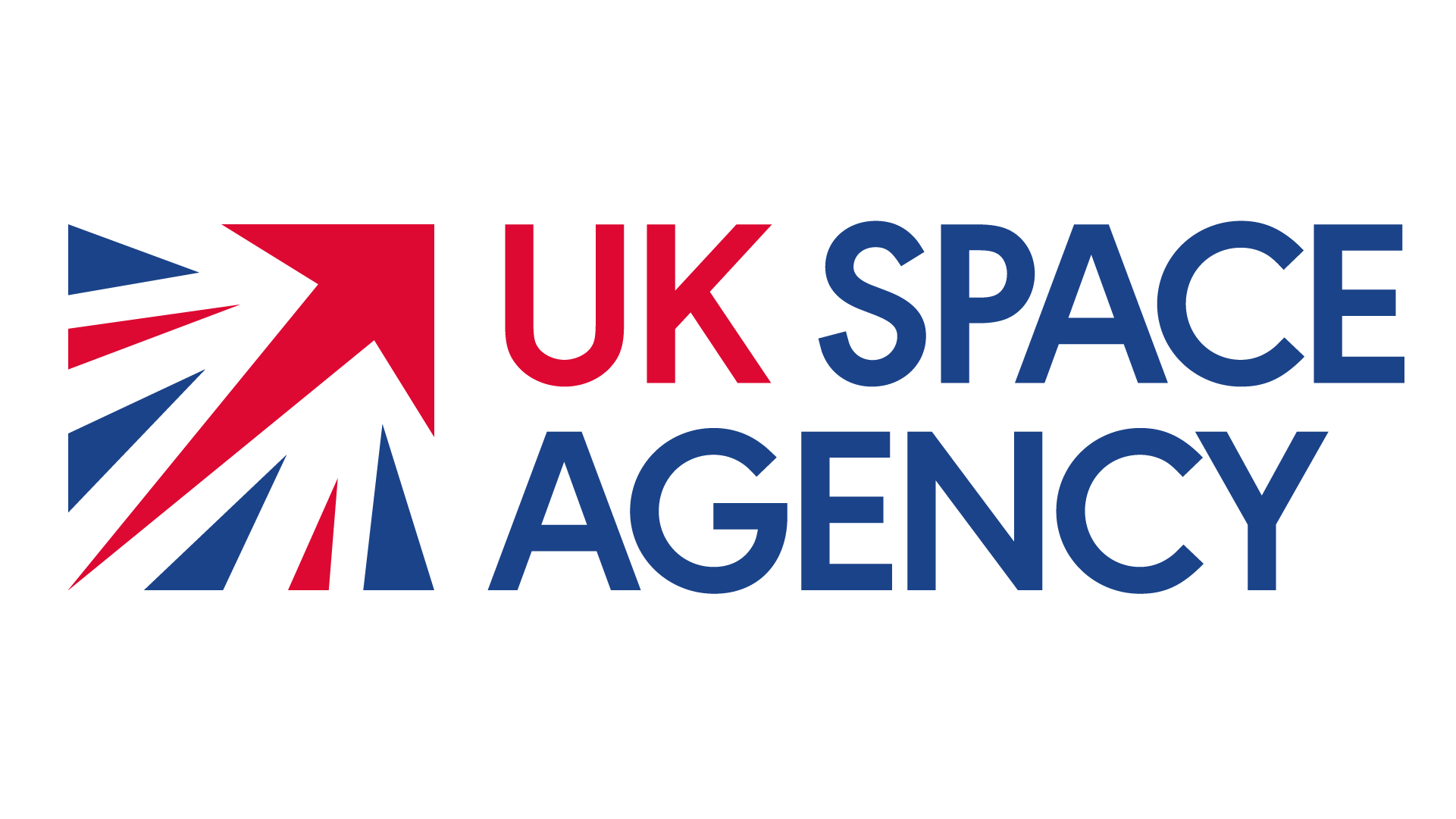FAQs: AI for Satcom
Updated 23 May 2025
1. Can UK companies submit a proposal in collaboration with overseas partners?
Yes, we welcome international collaborations. If you are a UK entity with an international industrial or RTO partner we can consider supporting the UK elements. However, your partners would need to approach the relevant ESA delegation or ensure they are self-funded.
We also ask in our cover sheet whether you anticipate any spin-offs or broader benefits from this, including impacts beyond the UK.
2. As AI is a new emerging field, what TRL level does the UK Space Agency expect to see in the proposals?
We are deliberately trying to keep it broad so that we can understand what the problems are, what you have identified or what you understand AI could assist with. We view Satcoms as a user of AI, so this is what we want to understand and if there are specific things industry has identified. We also want to understand the issues you are trying to tackle, the conversations you have had and if there are there any specific use cases that the AI can assist with specifically in the Satcoms realm.
3. Is there a scope for this call or is ‘anything’ AI-related for Satcoms in scope?
We are deliberately trying to keep it broad so that we can understand what the need is, what you have identified or what you understand AI could assist with. We view Satcoms as a user of AI so this is what we want to understand and if there are specific things industry has identified. We also want to understand the issues you are trying to tackle, the conversations you have had and if there are there any specific use cases that the AI can assist with specifically in the Satcoms realm.
4. Is the budget of £5 million only for UK organisations? Is there a link to other national agencies that support this?
The £5 million is made up of the UK Space Agency’s subscription to the ARTES programme.
5. Is it possible for an academic institution to be the lead applicant, with industry partners included as collaborators in the consortium?
Academic institutions are not eligible to lead or prime applications for this call but are able to participate in consortiums primed by industry partners up to a maximum value of 30% of the total contract value.
6. Is there a mandatory project duration defined?
No there is not. On average the projects that are supported under ARTES tend to be approximately two years in duration but that is not a predefined timeline.
7. What is the funding level for a UK university partner?
Please see the response to question 5.
8. For the application forms, is the Cover Sheet the same as the Cover letter that appears on ESA templates? Is the submission of the form in pdf or word format?
The Cover Sheet is a UK Space Agency multiple page form which covers a range of topics about the project proposal including information on your organisation, partners, programme, market assessment and financial projections. It is in a word document which can be submitted as word or PDF. The Cover Sheet is sent to you if you are successful at the EOI stage of the process.
9. Does the minimum of TRL 4 contradict openness to fund a feasibility study? Can part of the project include activities below TRL 4?
This is proposed as a guide and we may consider lower TRLs dependent on the merit of the proposal.
10. Is the £5 million funding envelope for the total call or for per project?
The £5 million funding envelope is for the entire call.
11. Can a new formed SME/startup can submit a proposal? What is the eligibility criteria for SMEs?
As long as the SME/startup complies with the eligibility criteria set out in the call guidance documentation they can apply.
12. Can you clarify what type of travel is covered under the up to £50,000 allowed for travel outside the UK (maybe giving examples)?
The UK Space Agency does not have set limits for travel. Each proposal where a travel cost is incurred is considered on a case-by-case basis.

